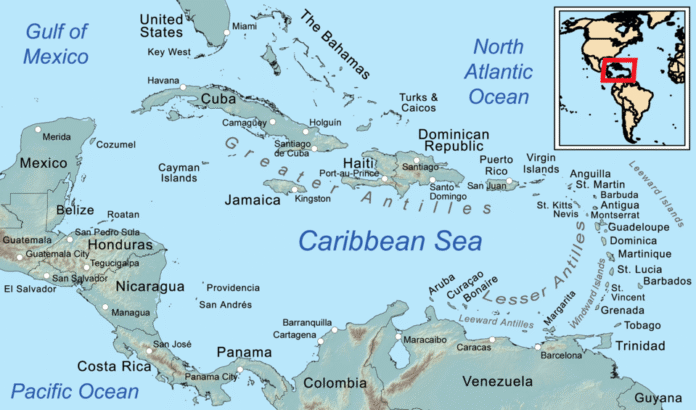A Colossal Saharan dust plume is sweeping across the Caribbean, threatening air quality and visibility as it moves toward the southern United States.
The largest Sahara dust cloud of 2025 is now cloaking the Caribbean, stretching from Jamaica to Barbados and smothering skies from Puerto Rico to Trinidad. This massive plume, visible from space, is forecast to reach Florida and the Gulf Coast by midweek, raising urgent questions about health, climate, and preparedness. Here’s what you need to know—and what you can do.
What Is the Sahara Dust Cloud and Why Is It Here?
The Science Behind the Plume
Every summer, strong winds lift billions of tons of fine dust from the Sahara Desert, sending it across the Atlantic in a phenomenon known as the Saharan Air Layer. This year’s event is the most significant so far, with the dust cloud stretching over 2,000 miles and reaching as far north as the Turks and Caicos and as far south as Trinidad and Tobago .
Meteorologist Jason Dunion, a leading expert on Atlantic weather, explains, “These plumes are a normal part of the climate system, but this one is especially large and dense. It’s a reminder of how interconnected our world is.”
Where Is the Dust Cloud Now—and Where Is It Going?
Current Impact Across the Caribbean
As of June 3, 2025, the dust cloud is blanketing Cuba, Haiti, the Dominican Republic, and Puerto Rico, turning skies milky and reducing visibility. Residents are reporting scratchy throats, watery eyes, and a haze that dims the sun.
U.S. Forecast: Gulf States in the Crosshairs
The plume is expected to reach Florida by midweek, then move into Georgia, the Carolinas, Texas, and Louisiana by Friday. Air quality alerts are likely, especially for people with asthma or other respiratory conditions.
Health and Environmental Impacts: What You Need to Know
Health Risks and Public Guidance
Fine dust particles (PM2.5 and PM10) can aggravate asthma, allergies, and other lung conditions. The CDC and local health officials recommend staying indoors, using air purifiers, and wearing N95 masks if you must go outside during peak dust.
Dr. Maria Torres, a pulmonologist in San Juan, warns, “We’re seeing more patients with breathing difficulties. Vulnerable groups—children, seniors, and those with chronic illness—should take extra precautions.”
Environmental Effects: More Than Just a Nuisance
While the dust degrades air quality and visibility, it also brings benefits. The minerals in Saharan dust fertilize the Amazon rainforest and help build beaches in the Caribbean. However, the dry air can suppress hurricane formation, which is a mixed blessing during the Atlantic storm season .
The Bigger Picture: Climate, History, and Debate
Is This Getting Worse?
Some scientists argue that climate change and drought in North Africa are making these dust events more frequent and intense. Others caution that improved satellite monitoring may simply make us more aware of a natural cycle that’s been happening for millennia.
Counterarguments and Context
Skeptics note that Saharan dust has always crossed the Atlantic, and that not every event is a crisis. “We need to keep perspective,” says Dr. Alan Smith, a climate historian. “These plumes are part of Earth’s natural rhythms, though their impacts are real and deserve attention.”
What Can You Do? Practical Steps for Protection
- Monitor local air quality using apps or government websites.
- Stay indoors during peak dust hours, especially if you have respiratory issues.
- Use HEPA air purifiers and keep windows closed.
- Wear an N95 mask if you must be outside.
- Check on vulnerable neighbors and family members.
A Call to Awareness and Action
The June 2025 Sahara dust cloud is a vivid reminder of our planet’s interconnected systems—and our shared responsibility to protect public health and the environment. As the plume moves toward the U.S., stay informed, take precautions, and support science-based policies that help us adapt to a changing world.
As meteorologist Jason Dunion puts it, “Events like this show how what happens on one continent can affect millions of people an ocean away. We’re all in this together.”




